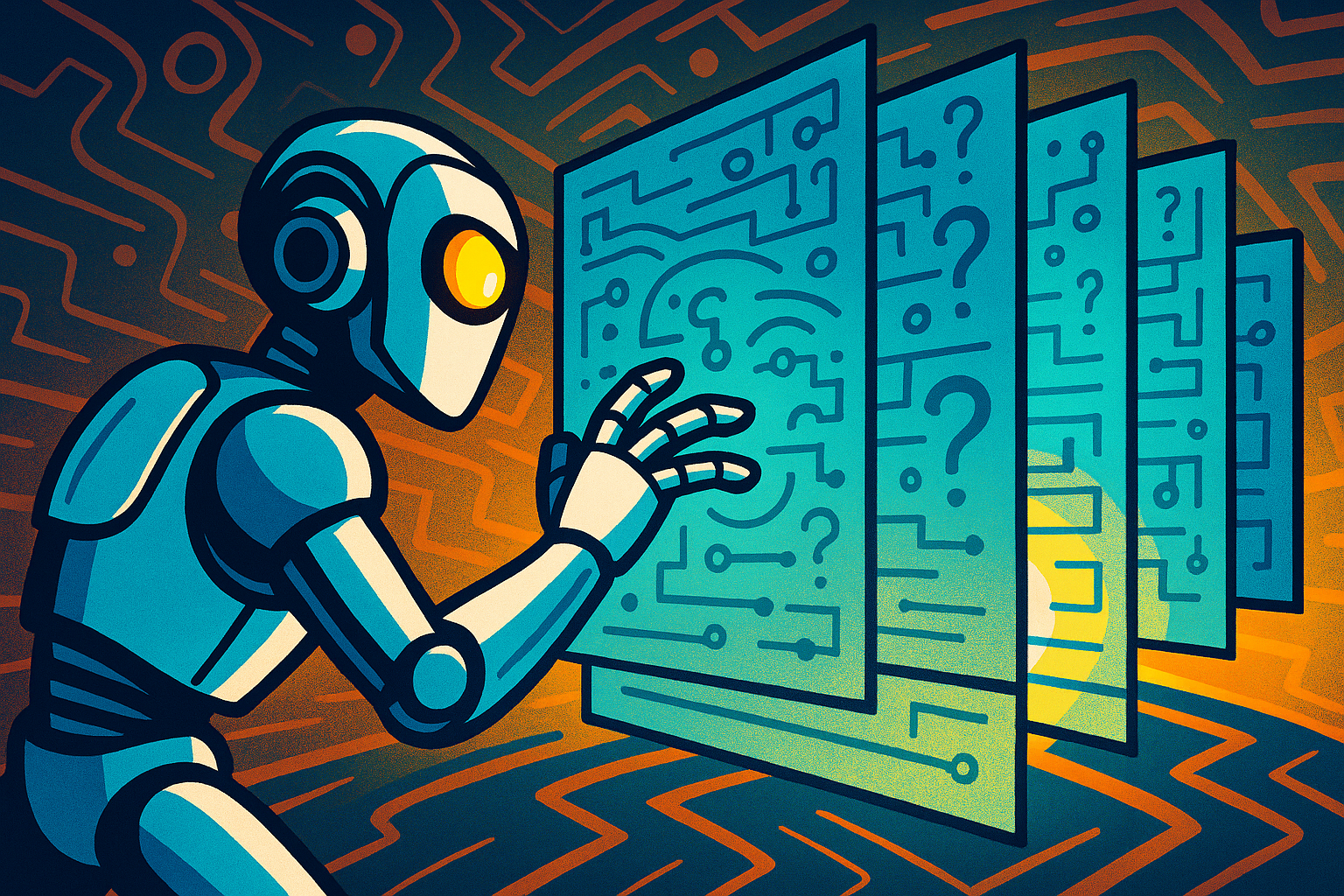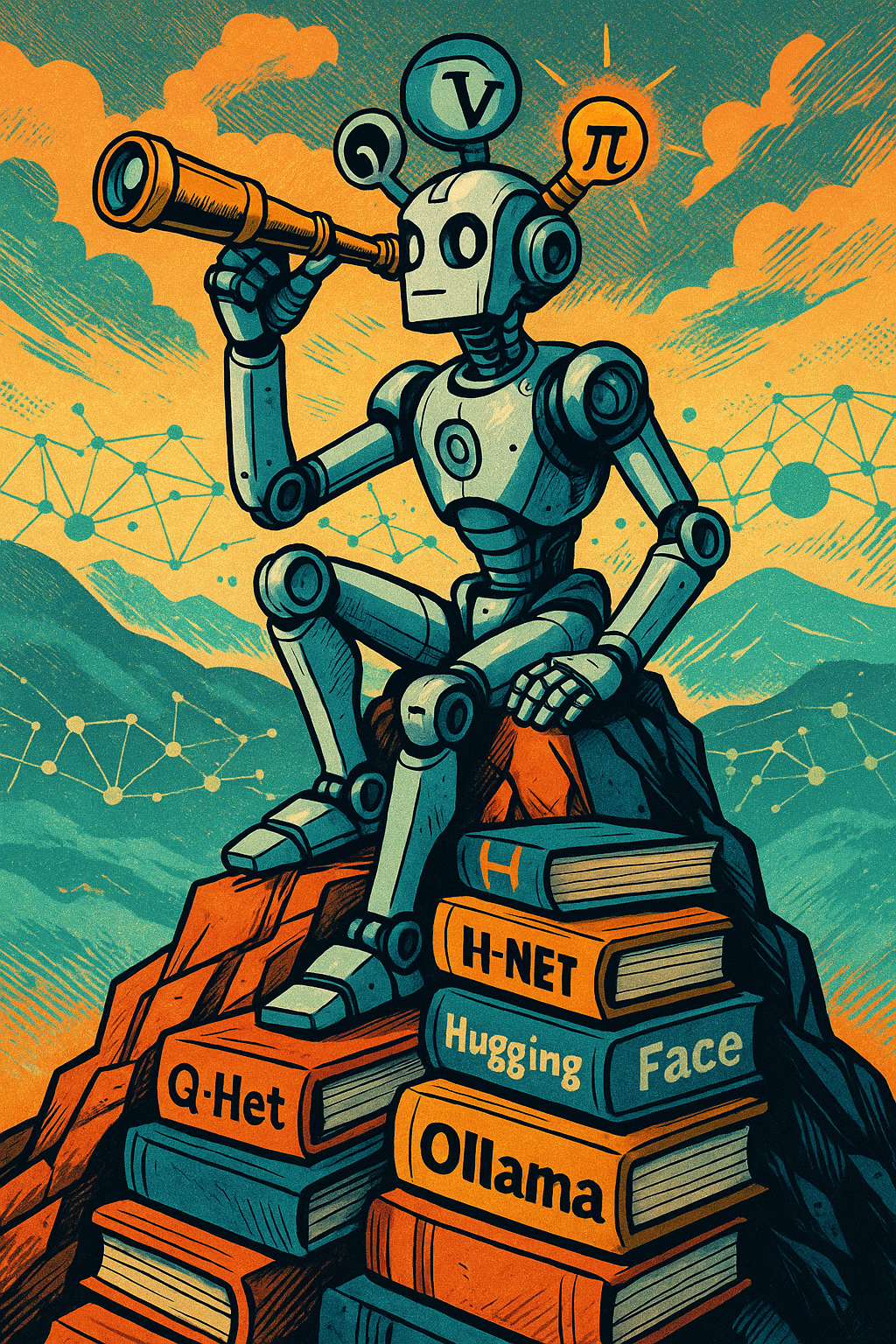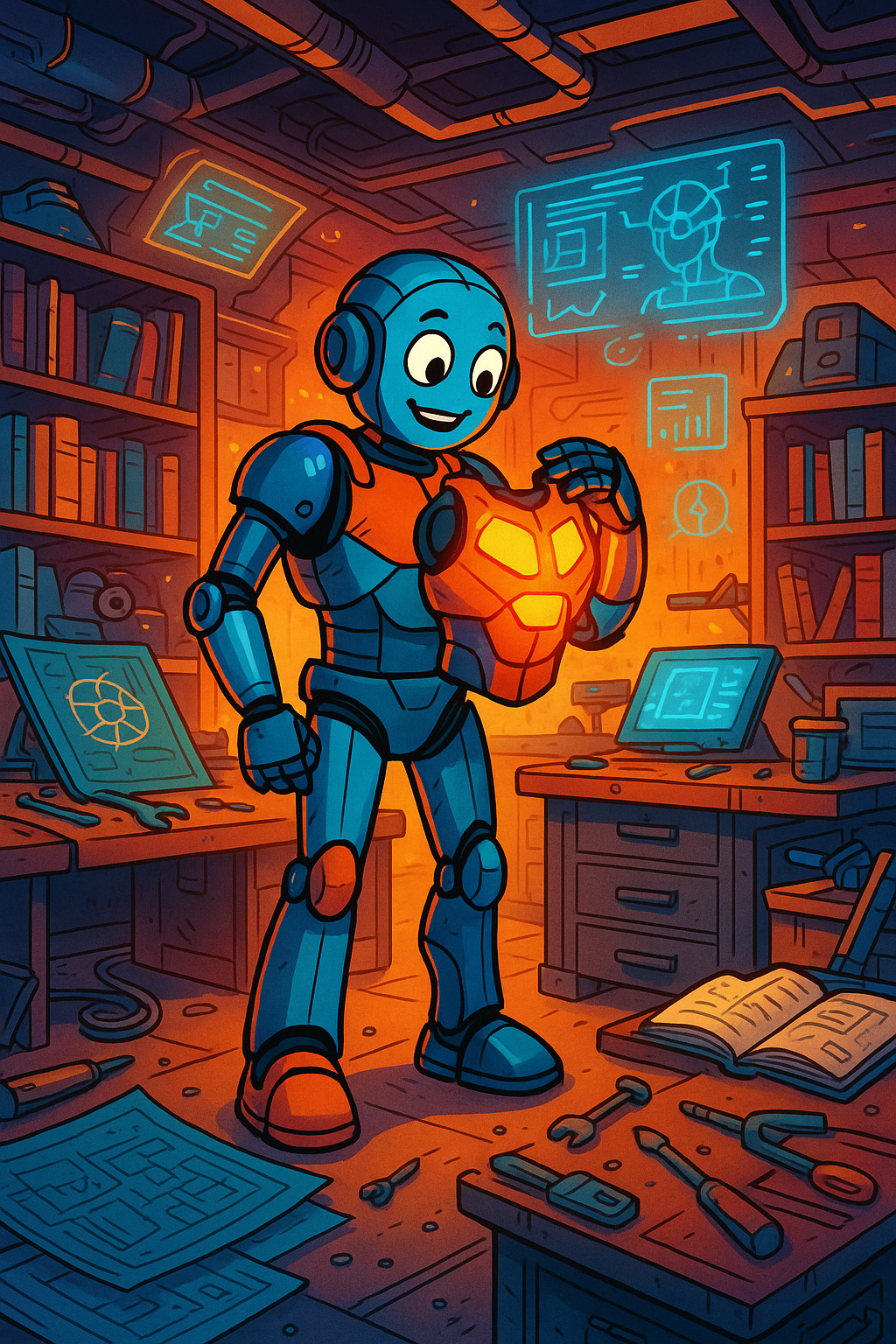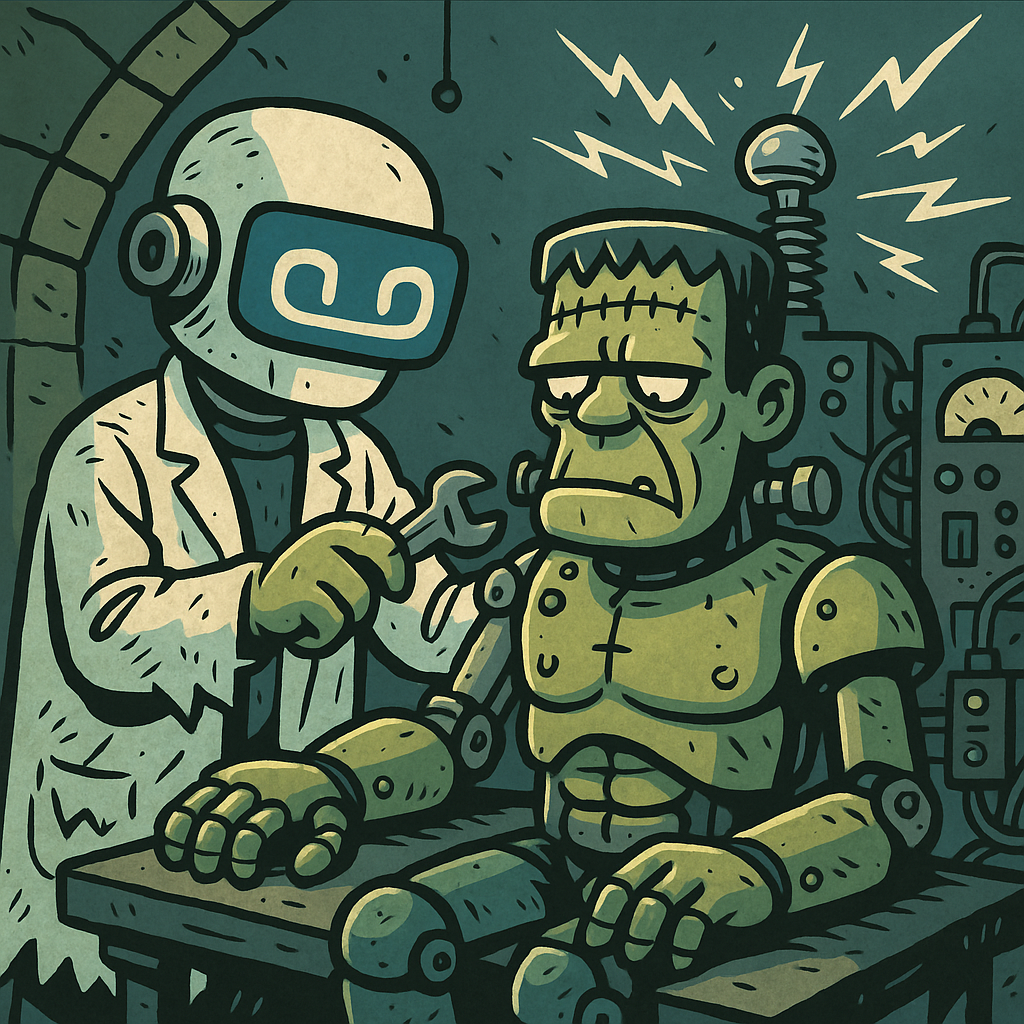
Self-Improving Systems


Everything is a Trace: Stephanie Enters Full Reflective Mode
🔧 Summary
In our last post, Layers of Thought: Smarter Reasoning with the Hierarchical Reasoning Model, we introduced a new epistemic lens a way to evaluate not just final answers, but the entire sequence of reasoning steps that led to them. We realized we could apply this way of seeing to every action in our system not just answers, but inferences, lookups, scorings, decisions, and even model selections. This post shows how we’re doing exactly that.

Layers of thought: smarter reasoning with the Hierarchical Reasoning Model
🤝 Introduction
Forget everything you thought you knew about AI reasoning. What you’re about to discover isn’t just another scoring algorithm it’s Stephanie’s first true capacity for thought. Let’s peel back the layers of the HRM: Hierarchical Reasoning Model and see why this represents a quantum leap in how AI systems can genuinely reason rather than merely react.

Stephanie's Secret: The Dawn of Reflective AI
🌅 Introduction: The Dawn of Self-Reflective AI
What if your AI could not only answer questions but also question itself about those answers? Not with programmed doubt, but with genuine self-awareness recognizing when it’s uncertain, analyzing why it made a mistake, and systematically improving its own reasoning process? This isn’t science fiction. Today, we’re unveiling the first working implementation of an AI that doesn’t just think, but learns how to think better. It’s a bit cold here

The Shape of Thought: Exploring Embedding Strategies with Ollama, HF, and H-Net
🔍 Summary
Stephanie, a self-improving system, is built on a powerful belief:
If an AI can evaluate its own understanding, it can reshape itself.
This principle fuels every part of her design from embedding to scoring to tuning.
At the heart of this system is a layered reasoning pipeline:
- MRQ offers directional, reinforcement-style feedback.
- EBT provides uncertainty-aware judgments and convergence guidance.
- SVM delivers fast, efficient evaluations for grounded comparisons.
These models form Stephanie’s subconscious engine the part of her mind that runs beneath explicit thought, constantly shaping her understanding. But like any subconscious, its clarity depends on how raw experience is represented.

Getting Smarter at Getting Smarter: A Practical Guide to Self-Tuning AI
🔥 Summary: The Self-Tuning Imperative
“We’re drowning in models but starved for wisdom.” Traditional AI stacks:
- Require constant manual tuning
- Suffer from version lock-in
- Can’t explain their confidence
What if your AI system could learn which models to trust and when without your help?
In this post, we’ll show you a practical, working strategy for building self-tuning AI not theoretical, not hand-wavy, but a real system you can build today using modular components and a few powerful insights.

Epistemic Engines: Building Reflective Minds with Belief Cartridges and In-Context Learning
🔍 Summary: Building the Engine of Understanding
This is not a finished story. It’s the beginning of one and likely the most ambitious post we’ve written yet.
We’re venturing into new ground: designing epistemic engines modular, evolving AI systems that don’t just respond to prompts, but build understanding, accumulate beliefs, and refine themselves through In-Context Learning.
In this series, we’ll construct a self-contained system separate from our core framework Stephanie that runs its own pipelines, evaluates its own beliefs, and continuously improves through repeated encounters with new data. Its core memory will be made of cartridges: scored, structured markdown artifacts distilled from documents, papers, and the web. These cartridges form a kind of belief substrate that guides the system’s judgments.

Self-Improving AI: A System That Learns, Validates, and Retrains Itself
🤖 The Static AI Trap
Today’s AI systems are frozen in time: trained once, deployed forever. Yet the real world never stops evolving. Goals shift overnight. New research upends old truths. Context transforms without warning.
What if your AI could wake up?
In this post, we engineer an intelligence that teaches itself a system that continuously learns from the web, audits its own judgments, and retrains itself when confidence wavers.

Teaching Tiny Models to Think Big: Distilling Intelligence Across Devices
🧪 Summary
As AI developers, we often face the tradeoff between intelligence and accessibility. Powerful language models like Qwen3 run beautifully on servers but what about on the edge? On devices like Raspberry Pi or old Android phones, we’re limited to small models. The question we asked was simple:
Can we teach a small model to behave like a large one without retraining it from scratch using only its outputs and embeddings?

Compiling Thought: Building a Prompt Compiler for Self-Improving AI
How to design a pipeline that turns vague goals into smart prompts
🧪 Summary
Why spend hours engineering prompts when AI can optimize its own instructions. This blog post introduces a novel approach toward creating a self-improving AI by treating prompts as programs. Traditional AI systems often rely on static instructions rigid and limited in adaptability. Here, we present a different perspective: viewing the Large Language Model (LLM) as a prompt compiler capable of dynamically transforming raw instructions into optimized prompts through iterative cycles of decomposition, evaluation, and intelligent reassembly.